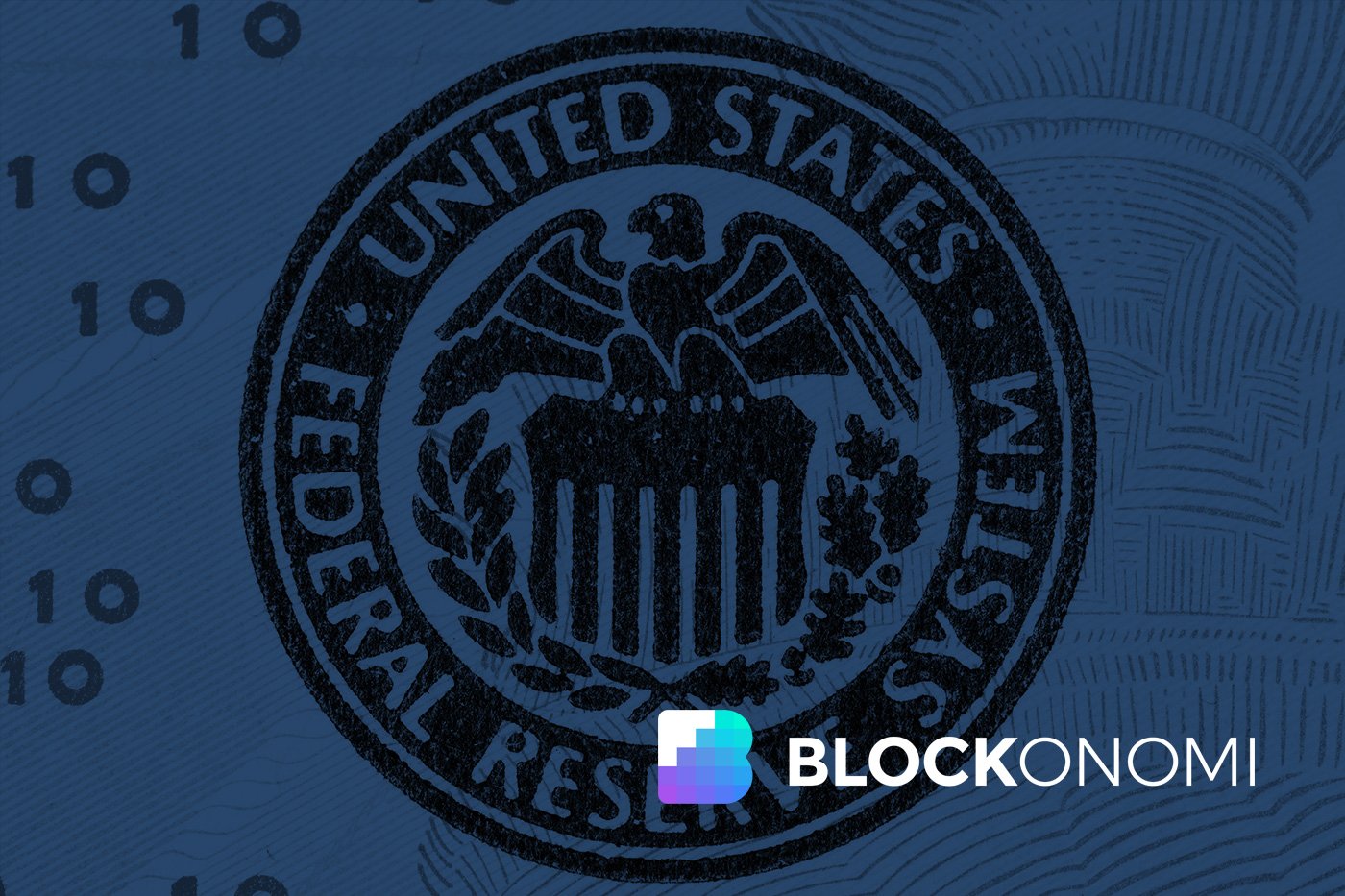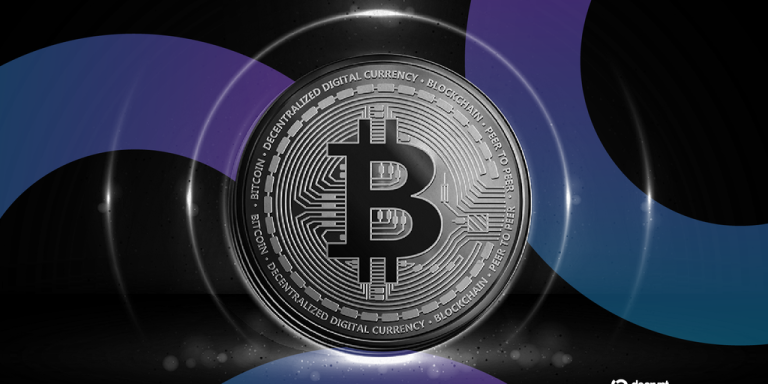
The current economic landscape reveals a significant divergence between Federal Reserve rate cuts and the borrowing costs faced by everyday consumers. While the Fed has implemented measures to ease monetary policy, credit card interest rates remain stubbornly high, averaging above 21%. This widening gap highlights concerning trends in consumer credit transmission that disproportionately impact middle-class borrowers.
Consumer Credit Decouples from Federal Reserve Policy
Traditionally, Federal Reserve rate adjustments influenced lending rates, ensuring that monetary policy changes trickled down to consumers. However, this mechanism appears to be fracturing. Despite lower reserve costs for banks, consumers are not seeing the benefit in the form of reduced credit card or loan rates. Analysts suggest that banks prioritize maximizing profits, maintaining high borrowing costs even during periods of economic relief.
Data from the Federal Reserve indicates historical peaks in consumer interest rates despite easing policies. This suggests that the credit transmission system, which once supported equitable economic growth through improved access to affordable credit, has broken down.
The Middle Class as “Risk Collateral”
One of the most critical implications of this shift is the treatment of middle-class borrowers as “risk collateral.” What does this mean? Banks are preemptively widening interest rate spreads to cushion against potential delinquency risks. This practice effectively transforms borrower distress into an opportunity for yield generation.
Significant defaults in auto loans, student loans, and credit cards corroborate this troubling trend. While reduced Federal Reserve rates should ideally provide relief, the benefits are instead funneled into capital markets, exacerbating financial inequality.
A Broken Credit Transmission System
The fractured credit system amplifies economic inequality, where many middle-class households find it challenging to access affordable financing. For example, lower Federal interest rates intended to revive consumer spending often do not result in reduced credit card rates or loan costs. Instead, monetary relief intended for households often supports equity markets and institutional lenders.
This growing disparity underscores a systemic issue. Without a functional credit transmission system, the Fed’s measures to stimulate growth can’t reach the broader economy effectively. Policies that once facilitated economic expansion now appear to fuel a cycle of wealth concentration.
What Can Consumers Do?
Consumers looking to offset high borrowing costs can explore alternative financial strategies, such as consolidating credit card debt through personal loans with potentially lower interest rates. Tools like Discover Personal Loans may provide competitive interest rates and manageable repayment terms, empowering borrowers navigating unfavorable credit conditions.
Additionally, tracking improved financial products designed for consumer well-being is vital. Monitoring personal credit scores, creating effective budgets, and building emergency savings can reduce dependency on expensive borrowing options.
As banking systems prioritize profit margins over policy transmission, consumers must adapt by seeking financial literacy, exploring refinancing options, and leveraging tools for better money management.






